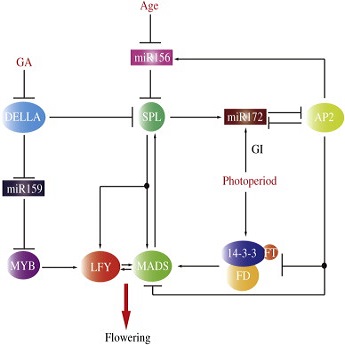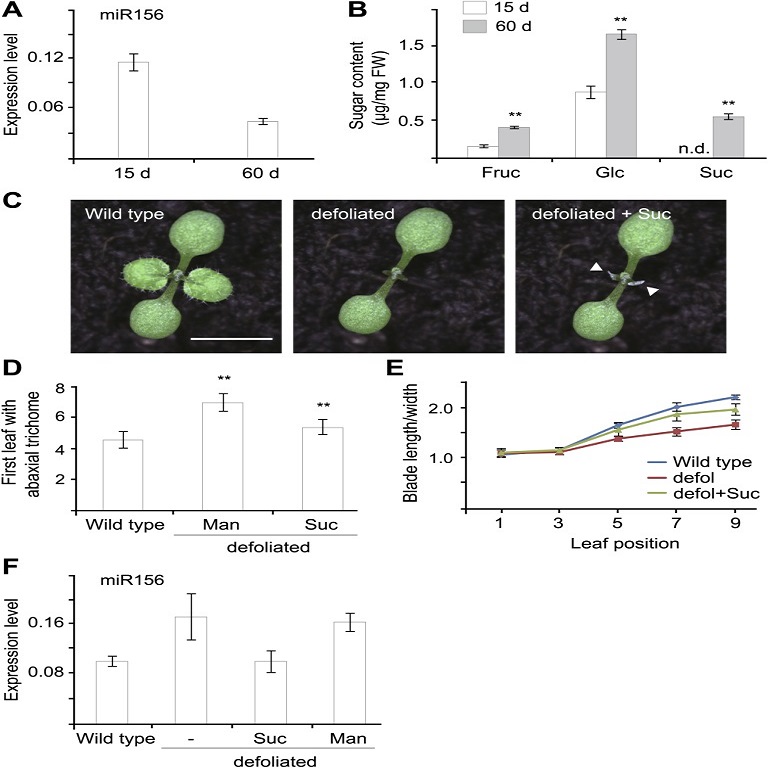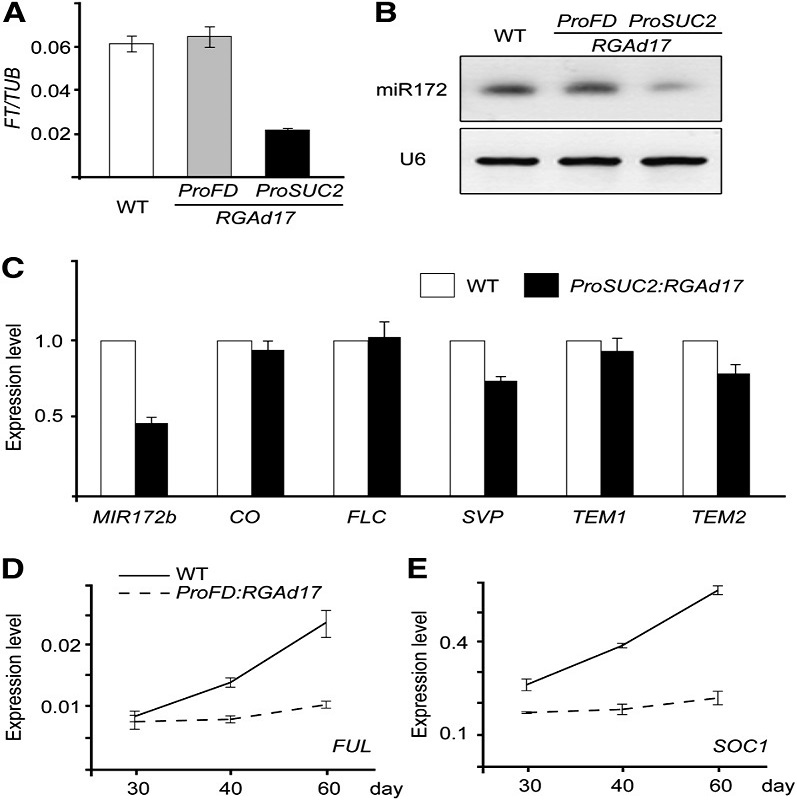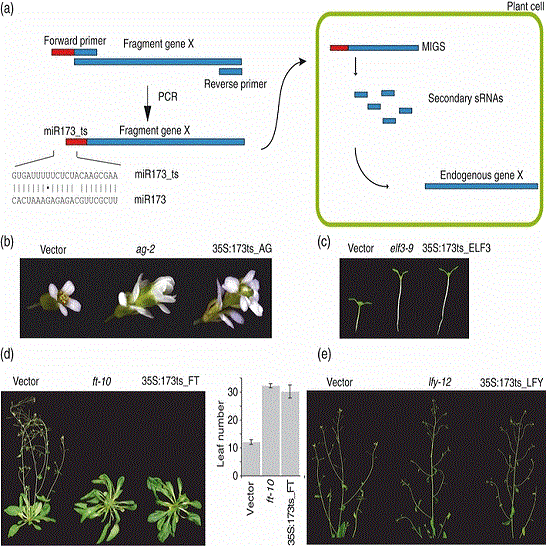Regulation of Flowering Time by MicroRNAs
Full PDF link Summary The shoot apical meristem (SAM) continuously produces lateral organs in plants. Based on the identity of the lateral organs, the life cycle of a plant can be divided into two phases: vegetative and reproductive. The SAM produces leaves during the vegetative phase, whereas it gives rise to flowers in the reproductive phase (reviewed in Poethig, 2003). The floral transition, namely the switch from vegetative to reproductive growth, is controlled by diverse endogenous and exogenous cues such as age, hormones, photoperiod, and temperature (reviewed in Bäurle and Dean, 2006; Srikanth and Schmid, 2011; Andres and Coupland, 2012).






